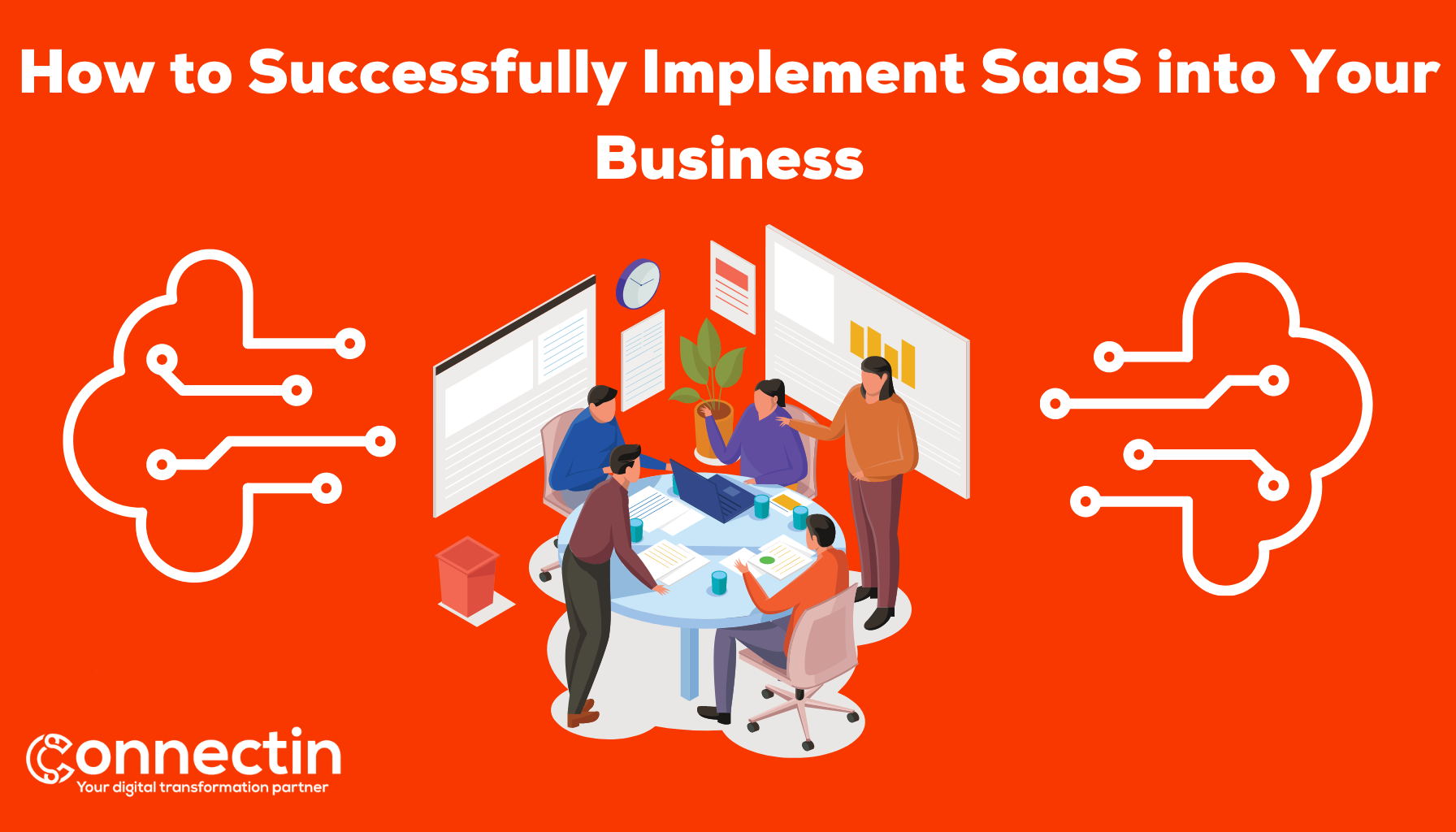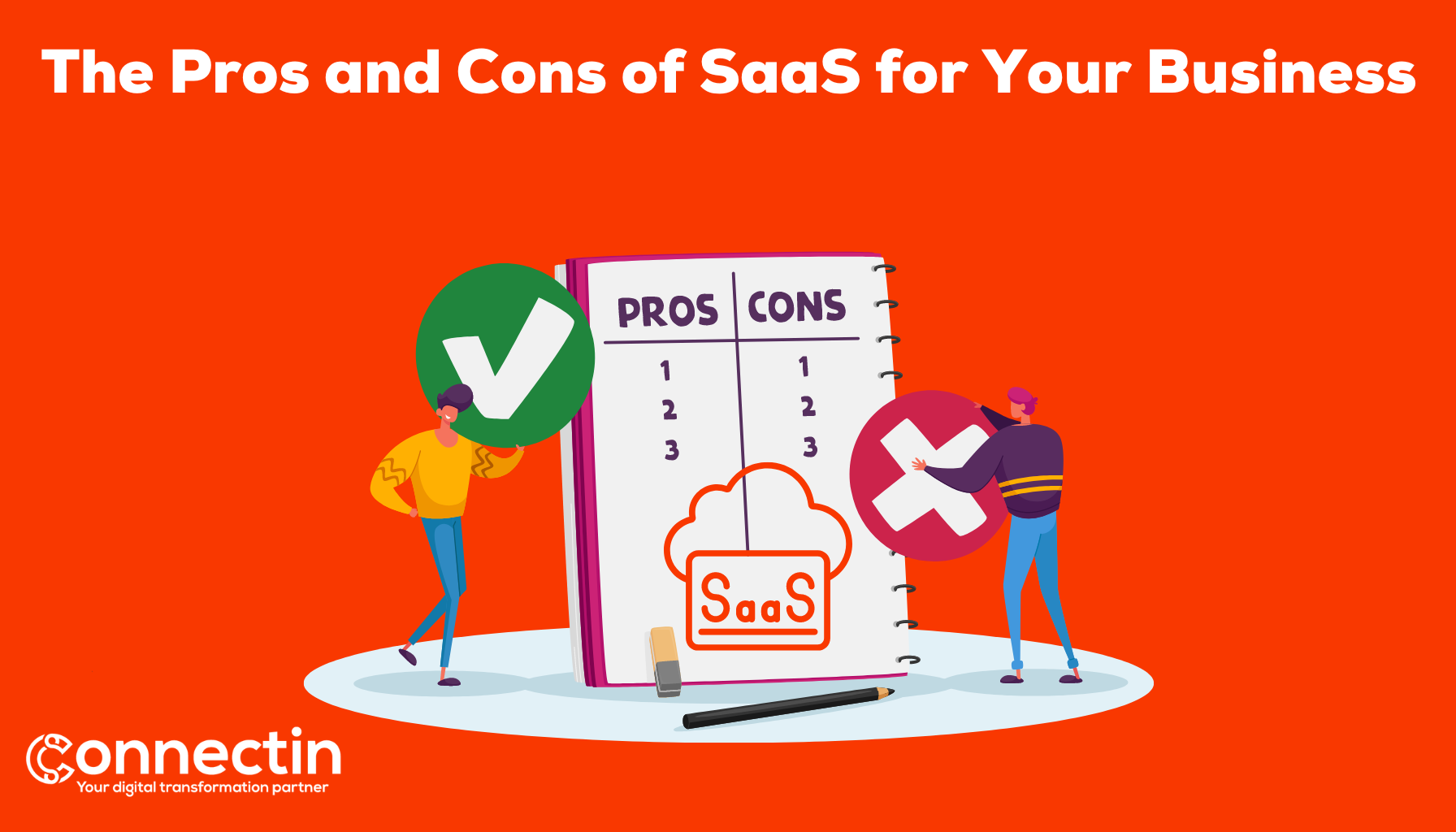As more and more businesses in the Middle East embrace digital transformation, software-as-a-service (SaaS) solutions have become a popular choice for organizations looking to streamline their operations and boost productivity. However, implementing SaaS can be a complex process, and many businesses struggle to get it right. In this blog post, we'll discuss the key steps to successfully implement SaaS into your business and convince managers to purchase SaaS services.
1 - Identify your business needs
The first step to successfully implementing SaaS into your business is to identify your specific business needs. This could include improving collaboration between teams, automating repetitive tasks, or enhancing customer engagement. Once you have a clear understanding of your business needs, you can start evaluating SaaS solutions that address those needs.
2 - Evaluate potential solutions
When it comes to choosing the right SaaS solution, it's important to evaluate potential options carefully. Consider factors such as ease of use, cost, scalability, and support. Look for solutions that are specifically designed for your industry or business type. You may also want to consider solutions that offer free trials or demos, allowing you to test the product before committing.
3- Create an implementation plan
Once you've chosen a SaaS solution, it's important to create an implementation plan. This should include timelines, milestones, and specific tasks that need to be completed. Make sure you involve key stakeholders in the planning process to ensure a smooth transition to the new system.
4 - Train your employees
To ensure a successful implementation, it's essential to train your employees on the new system. This can help reduce resistance to change and ensure that everyone is on the same page. Look for SaaS solutions that offer easy-to-use interfaces and provide extensive training materials and support.
5 - Monitor and evaluate
After implementation, it's important to monitor the system and evaluate its effectiveness. Look for SaaS solutions that offer built-in analytics and reporting features, allowing you to track key metrics and identify areas for improvement. Make sure you involve employees in this process, soliciting feedback and suggestions for how to improve the system.
Wrap up
Successfully implementing SaaS into your business requires careful planning, evaluation, and execution. By following the steps outlined in this post, you can ensure a smooth transition to the cloud and maximize the benefits of SaaS. If you're looking to purchase SaaS services, contact us today to learn how we can help you choose the right solution for your business




